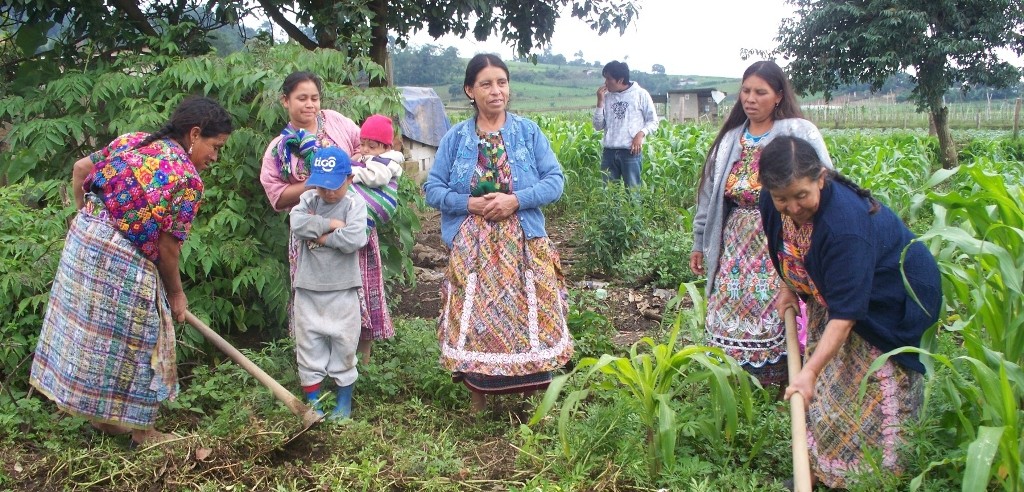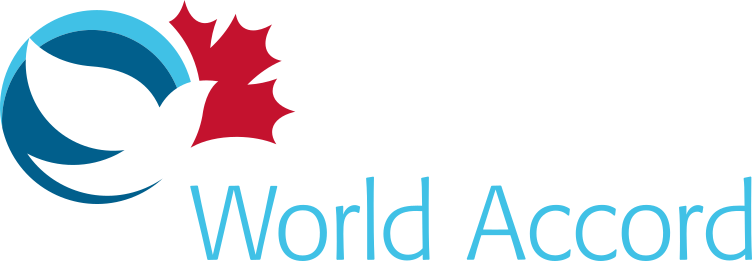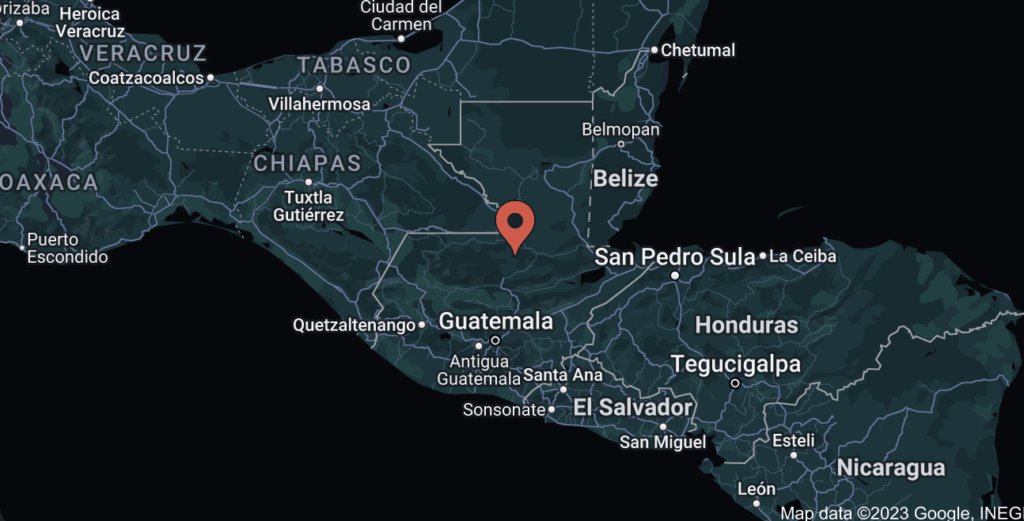Mujeres en Accion (MeA) – Guatemala
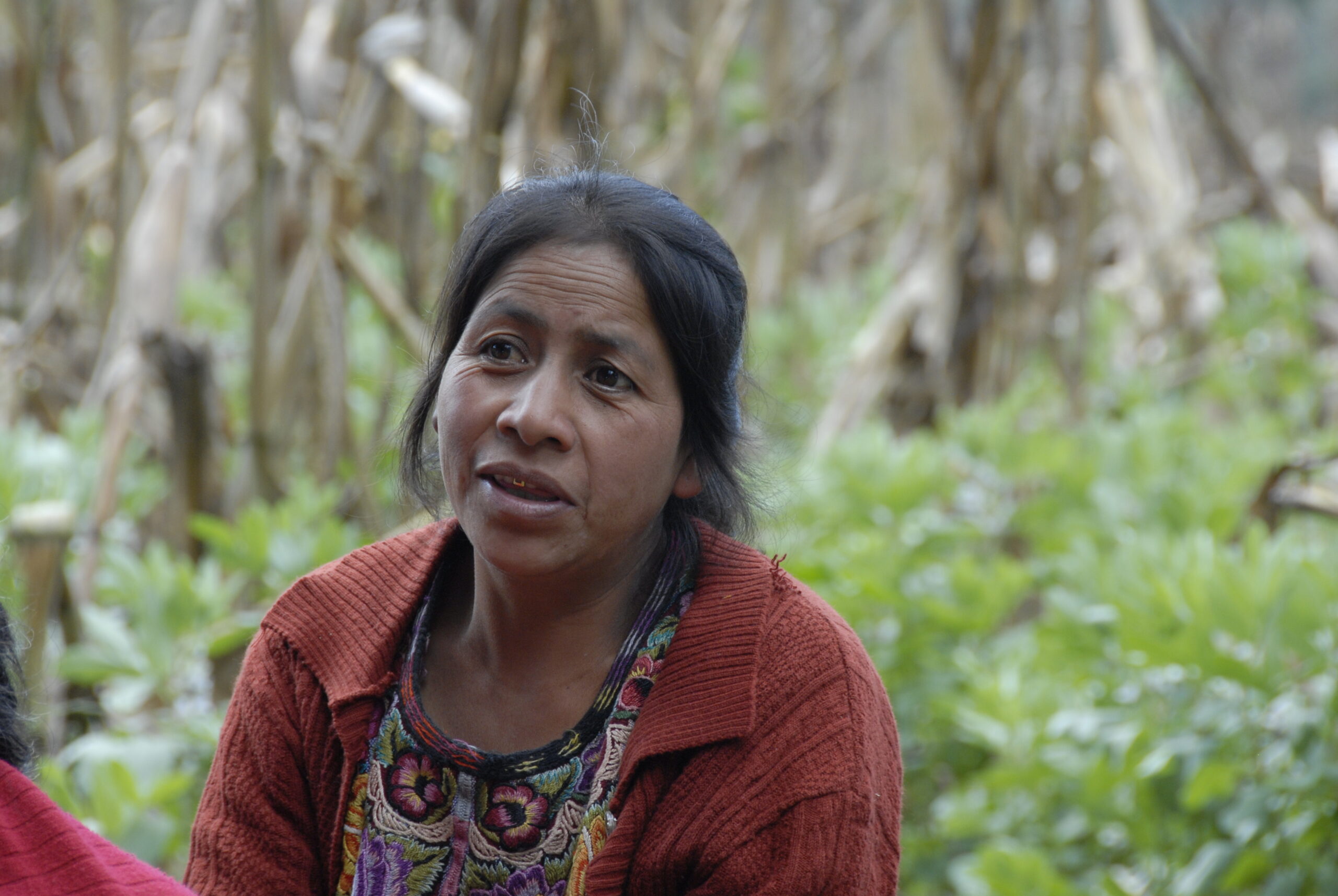
MeA works primarily with rural indigenous women organized into groups of 15 – 30 members, living in the highland region of Guatemala. It offers services to men as well and has one group composed only of men (Paquip). All MeA members are primarily subsistence farmers. Many supplement their income through micro-enterprise activities, such as weaving and growing produce for the market. Weaving is rarely profitable but valued as a culturally important activity and a potential source of income. Incomes from farming vary depending on access to land (almost all women rent), and markets. The majority of MeA members live below the Guatemalan poverty line, though some of the more established MeA groups have leveraged credit to expand cash crop farming & substantially improve incomes. The communities where MeA works were among the most heavily affected by violence during the Guatemalan civil war.
GUATEMALA
Guatemala is an ecologically and culturally rich country: 60% of the population speaks Spanish, though the government recognizes 23 languages more. Almost every municipality in the country has a small museum. Guatemala has a population of 14 million; 40% of whom are indigenous peoples. Nearly half of Guatemala’s population is under age 19. Approximately 50% of the population lives below the poverty line.
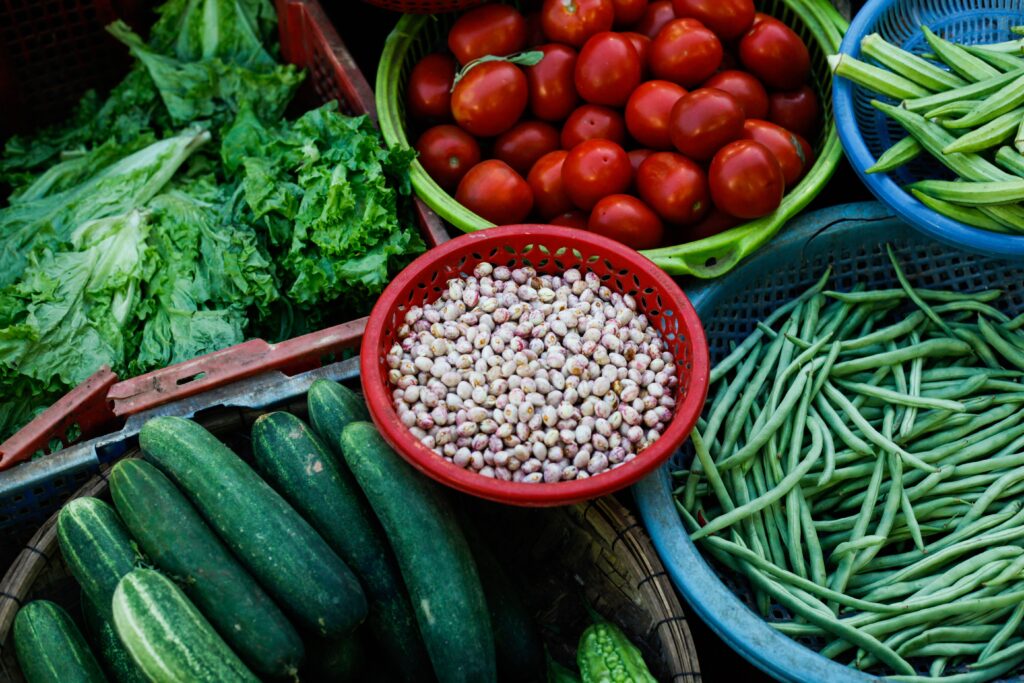
PROGRAMS
Agricultural reactivation: support to families made food insecure through recent floods in the form of agricultural inputs, as well as training in
improved farming methods and access to subsidized farmland.
Micro-credit: providing group and individual credits to women at low-interest rates to help them establish or expand subsistence (corn & beans) and cash crop (strawberries, carrots, cabbage, etc.) agriculture. Support to other income-generating activities such as weaving, selling tortillas-making, and retailing. Group credits from MeA are divided into individual loans but managed collectively. MeA also provides literacy training, as well as in basic credit management and accounting.
Community organizing: capacity building and support to 20 women’s groups in 12 municipalities with the goal of increasing their ability to promote local development, and to access resources from government and other agencies to meet their basic and community needs.
Protecting livelihoods: training, technical support, materials, and seedlings to help women’s groups plant trees around their homes and fields, in order to protect them from increasingly severe erosion and storms.
